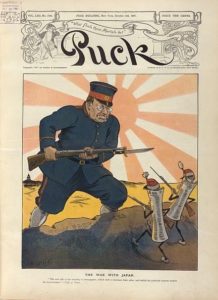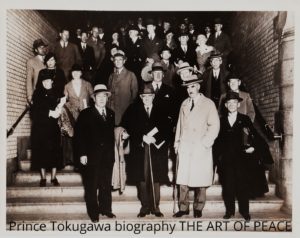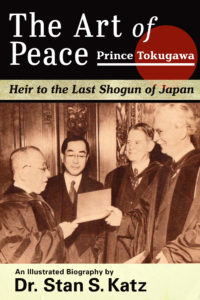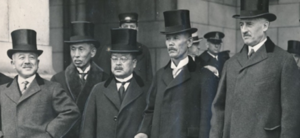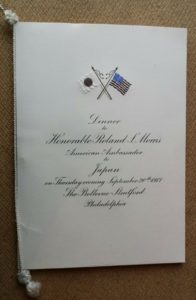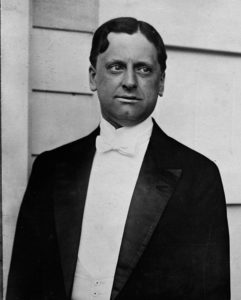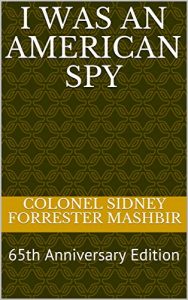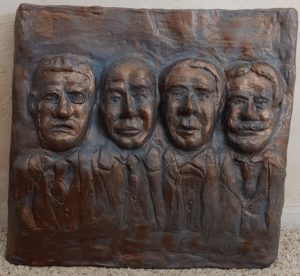
The Spirit of International Goodwill

President Roosevelt – Prince Tokugawa – Baron Shibusawa – President Taft
During the first decades of the 1900s, these four accomplished statesmen allied together to promote amity between their nations.
This relief sculpture has been accented with metallic paint to look like a bronze – If the Japanese Friendship Garden in Balboa Park, San Diego welcomes this gift, it will be cast in bronze and be presented as a token of goodwill from the San Diego World Affairs Council (a chapter of the World Affairs Councils of America) and perhaps also from the San Diego Diplomacy Council & the East West Center – Fine organizations that support international cooperation for a more peaceful and democratic world.
